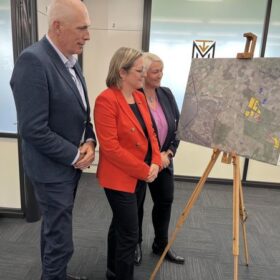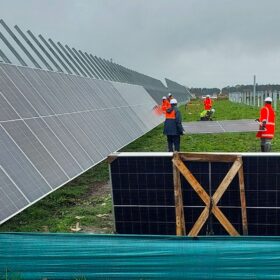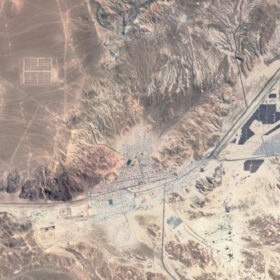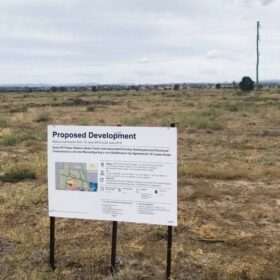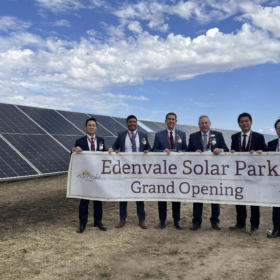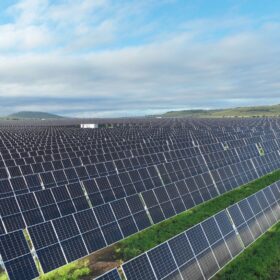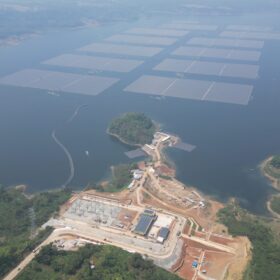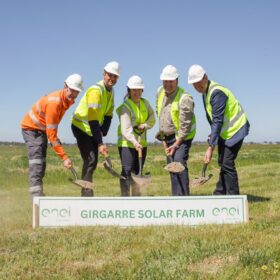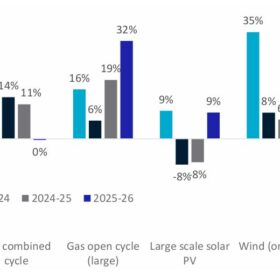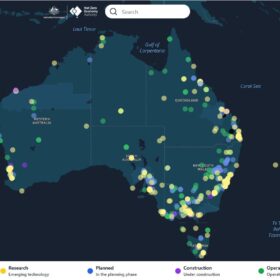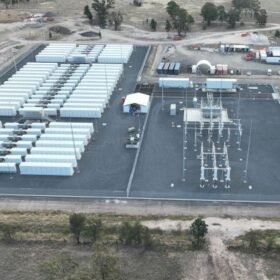288 MW solar farm marks start for Tasmanian developer
A 288 MW solar farm in Tasmania’s Northern Midlands region has been identified as the first of a series of large-scale renewable energy generation projects set to be developed by newly launched clean energy startup TasRex.
Monash explores solutions to stabilise national energy grid
Researchers at Victoria’s Monash University are working to develop a tool that can be used to predict and manage system instability associated with connecting inverter-based generation such as batteries, solar, and wind into weaker parts of Australia’s national energy grid.
WA seeks stakeholder input to guide major grid expansion
The Western Australian government is calling for input from industry to help drive major transmission network expansion in the South West Interconnected System as the state powers towards a large-scale, high-renewable grid of the future.
Lodestone links with UK companies to progress NZ solar strategy
With five solar farms already under construction, New Zealand renewables developer Lodestone Energy has teamed with a trio of British-based companies to develop another nine PV projects that are expected to deliver more than 500 GWh in additional solar generation.
The race for 100% solar
With utility scale solar installations accelerating, Philip Wolfe, founder of PV data consultancy Wiki-Solar, drills into the data to highlight some interesting variations in relative progress around the world.
600 MW solar farm in Central Queensland finally secures approval
Developer Edify Energy has had its 600 MW Smoky Creek solar farm in Central Queensland approved by the federal government.
Japanese-owned 204 MW solar park commissioned in Queensland
The 204 MW Edenvale Solar Park near Chinchilla, in the Western Downs region of Queensland, has officially been opened by joint owners Eneos, Japan’s biggest oil refiner, and Sojitz, a Tokyo-based trading house. According to the pair, Edenvale is the largest solar project in Australia to be undertaken by Japanese companies.
Telstra signs offtake deal with 120 MW Queensland solar farm
Australian communications giant Telstra has signed a power purchase agreement that will support the development of the 120 MW Munna Solar Farm being built near Gympie in southeast Queensland.
Indonesia’s largest floating solar plant to expand to 500 MW
Abu Dhabi-based Masdar and PLN Nusantara Power, an Indonesian state-owned electricity generator, have agreed to more than triple the size of the Cirata floating PV power plant in West Java so it can generate 500 MW.
First soil turned in 93 MW Victorian solar farm construction, a community engagement examplar
The “first sod” has been turned in the construction of the 93 MW Girgarre Solar Farm in Victoria. The project, initially developed by Peter Leeson, is an interesting case study in community engagement.
